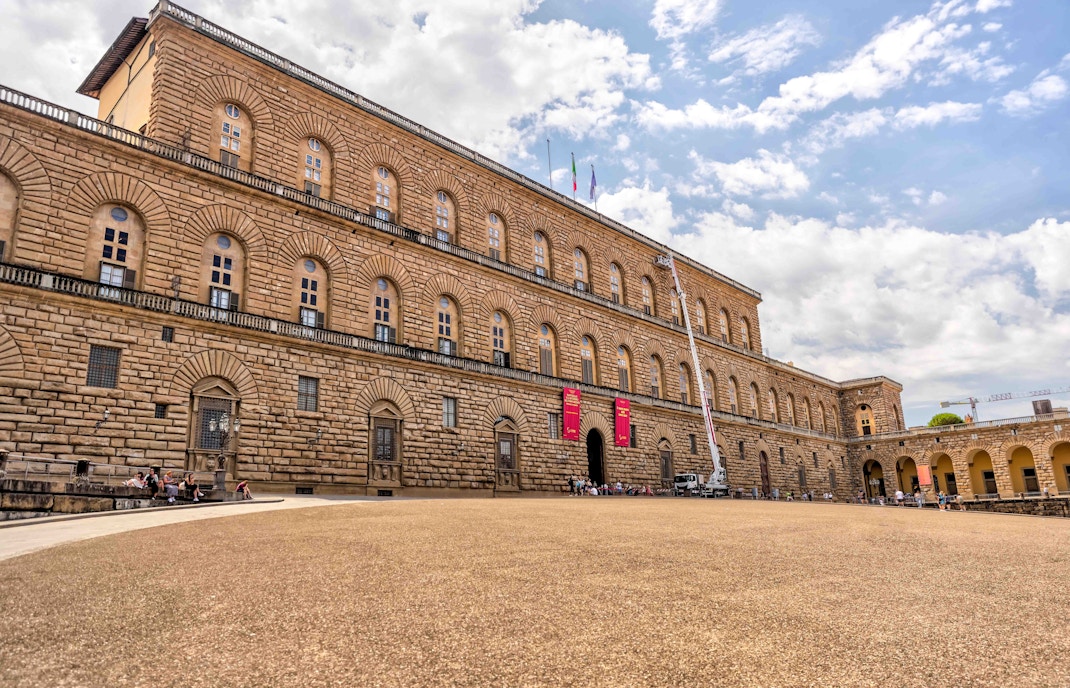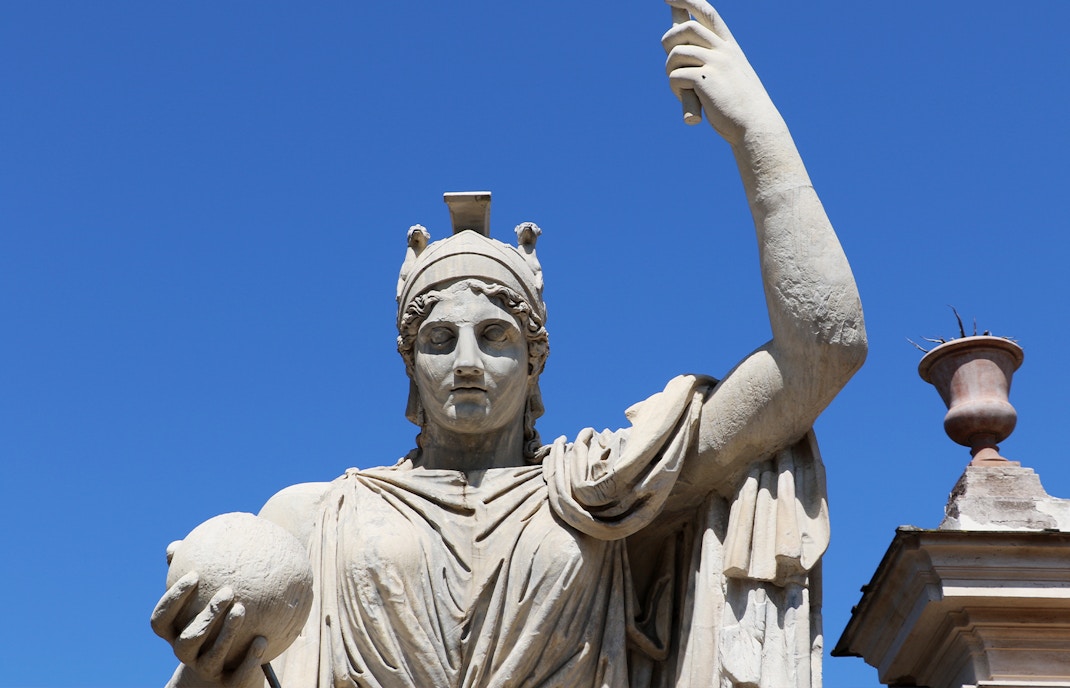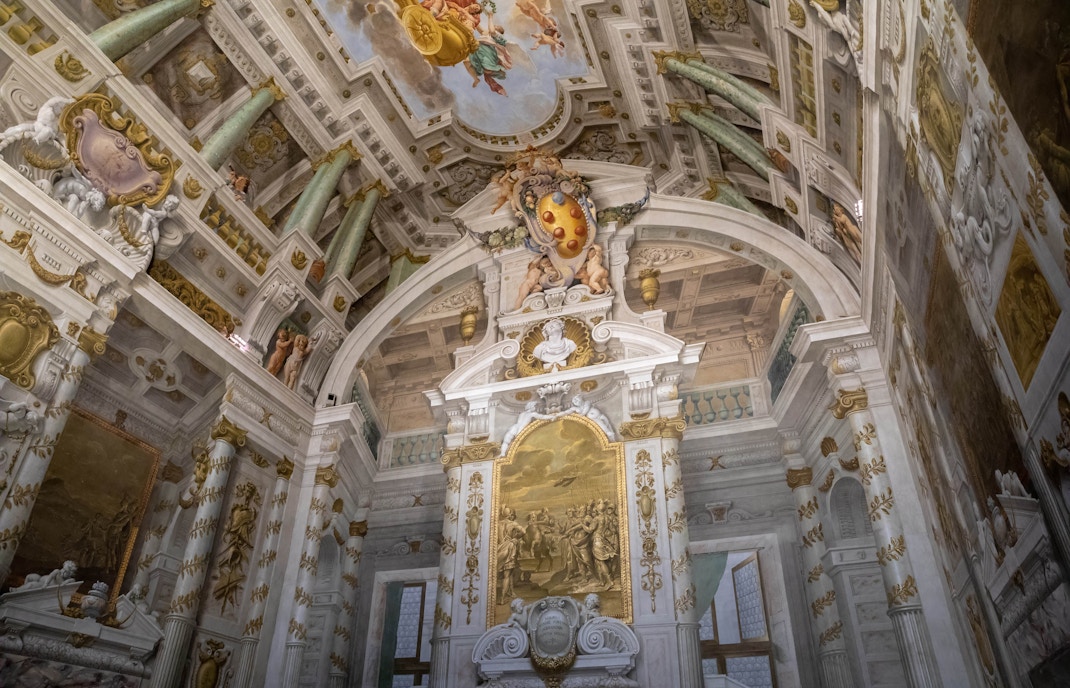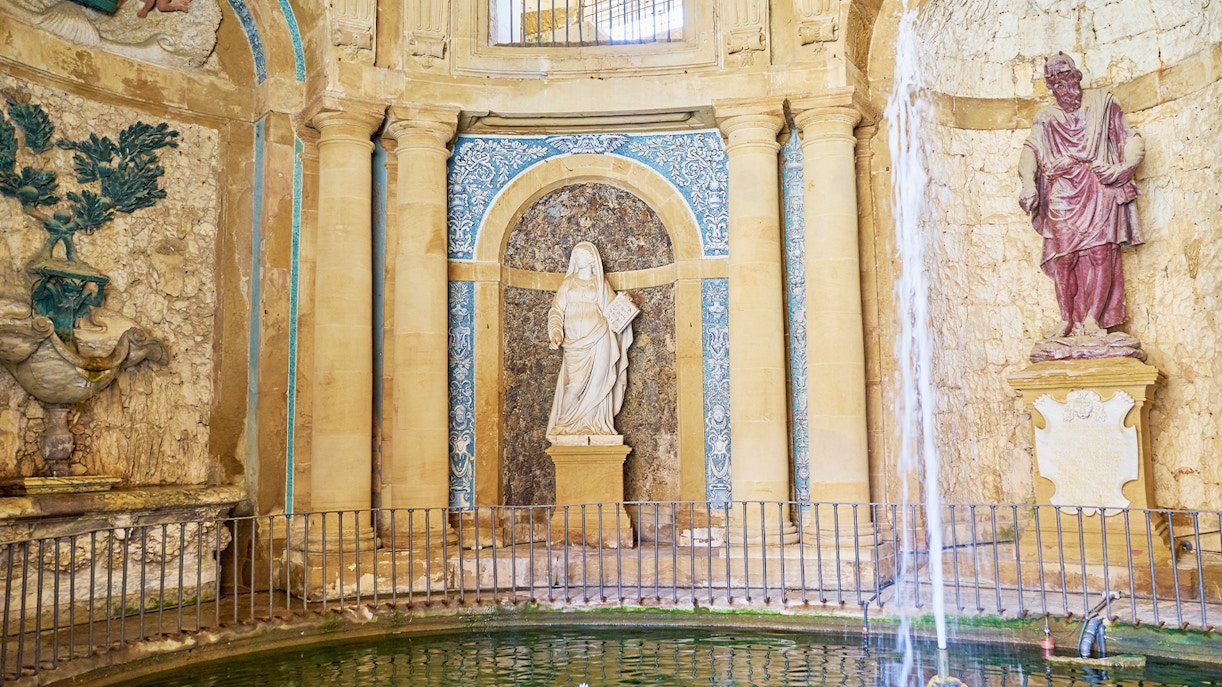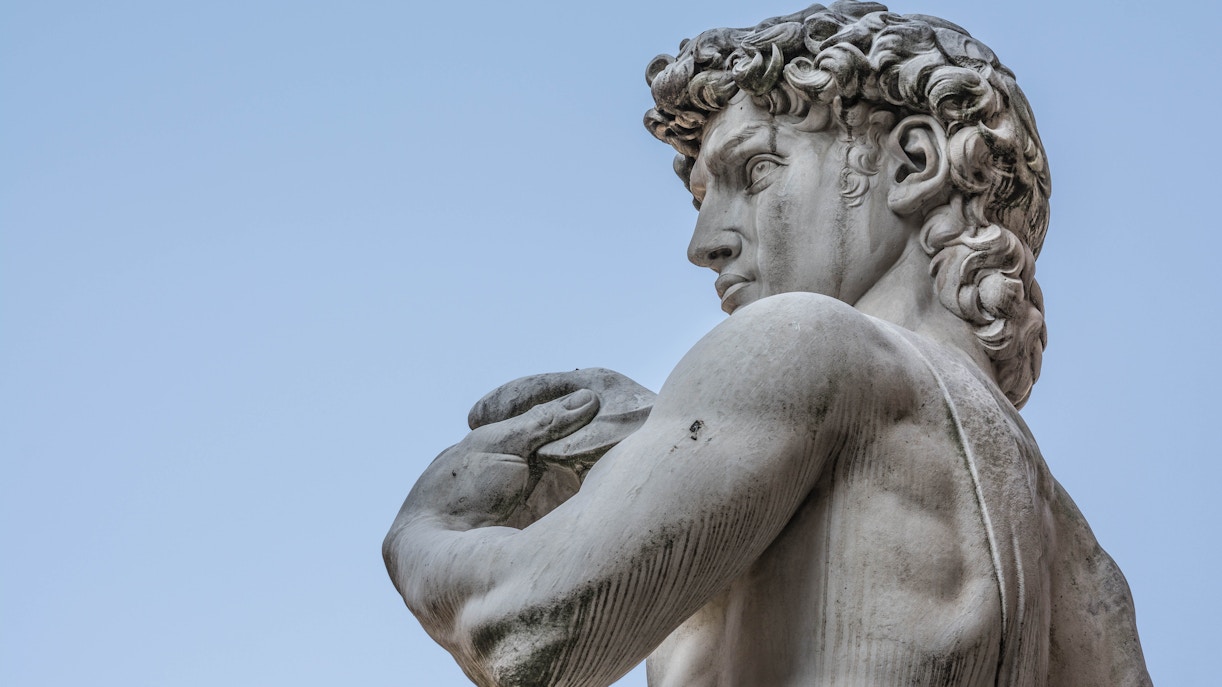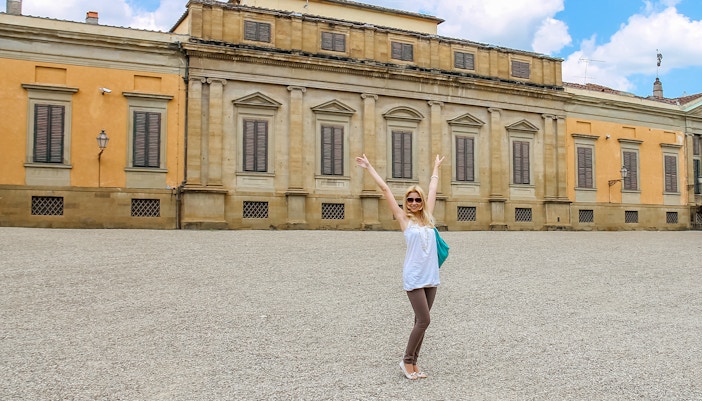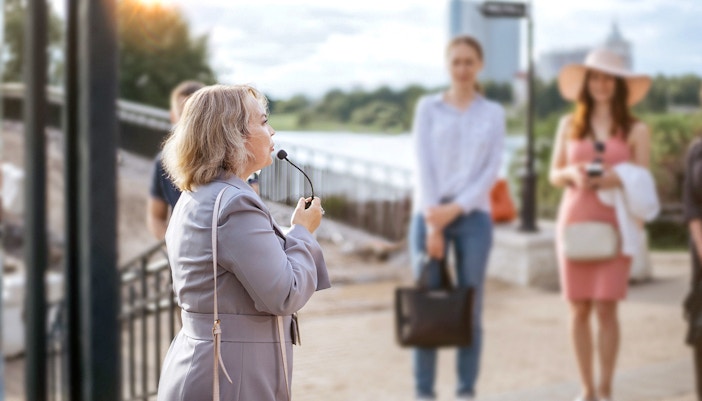Palazzo Pitti today
Today, the Palazzo Pitti is a vibrant cultural center and one of the city's top tourist attractions. The palace complex houses several museums, including the Palatine Gallery, the Royal Apartments, the Museum of Fashion and Costume, the Museum of Modern Art, and the Silver Museum.
The Palatine Gallery showcases a collection of paintings from the Renaissance period, including works by renowned artists such as Raphael, Titian, and Rubens. The Royal Apartments, once the residence of the Grand Duke of Tuscany, feature exquisite furnishings, ornate decorations, and stunning ceiling frescoes. The Boboli Gardens, which cover over 100 acres, is a beautiful green space and a popular destination for visitors. It's beautiful architecture and rich history make it a must-see destination for anyone visiting Florence.
Plan your visit to Pitti Palace
